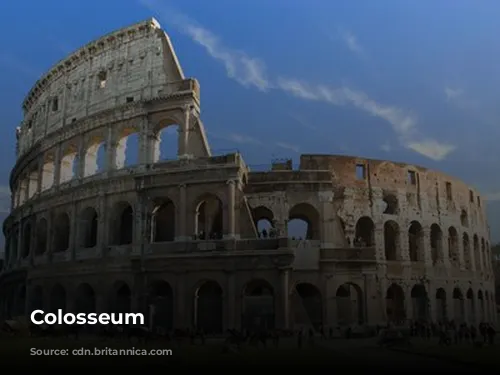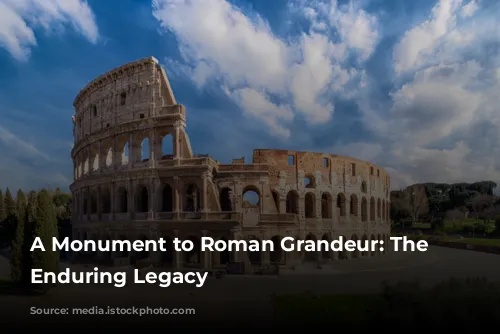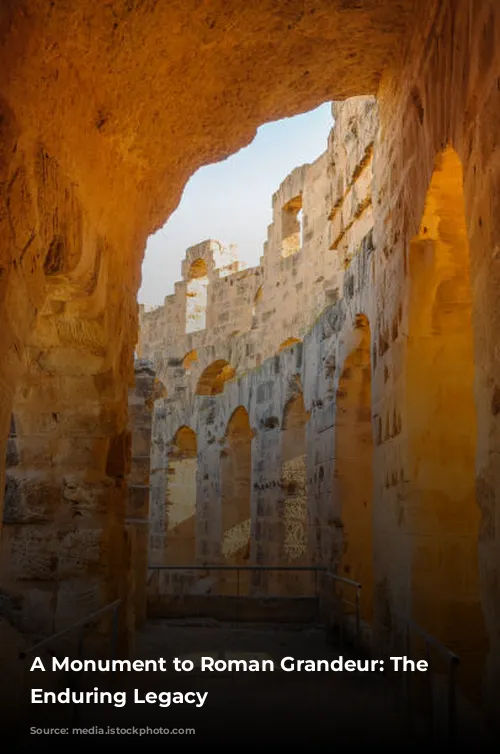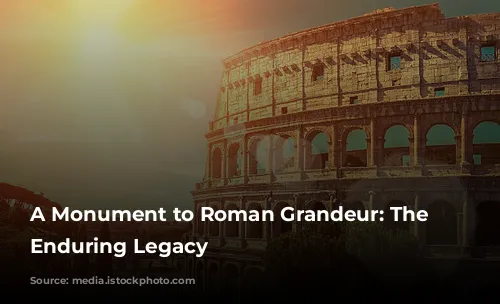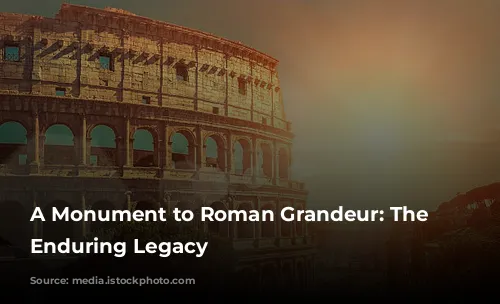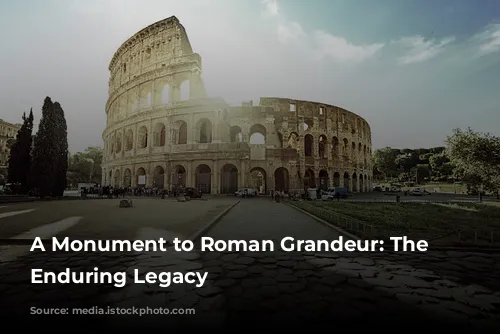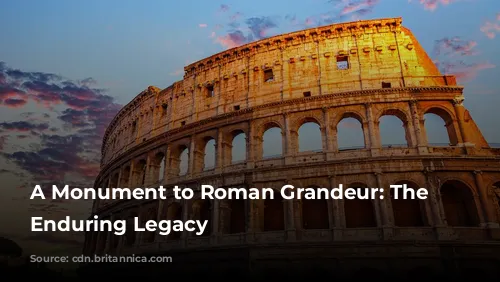The Colosseum, a towering testament to the Romans’ architectural and engineering brilliance, stands as one of the few surviving structures from the mighty Roman Empire. It’s a symbol of ancient Rome’s power and ingenuity. But its significance extends beyond its historical value. Today, the Colosseum is a major attraction, drawing tourists from across the globe and contributing significantly to Italy’s economy. In 2018 alone, the Colosseum, along with the Roman Forum and Palatine Hill, generated over $63.3 million (€53.8 million), making it the most lucrative tourist site in Italy.
From Gladiatorial Arena to Quarried Ruins
The Colosseum’s story is one of rise and fall, of glory and neglect. Built during a period of imperial revitalization following the turbulent “Year of the Four Emperors” in 69 CE, the Colosseum was conceived as a grand entertainment venue. Emperor Vespasian, hoping to appease the Roman populace, envisioned a space where gladiators would battle, animals would be hunted, and even mock naval battles would take place.
Construction began in 70 CE under Vespasian’s reign and was completed in 80 CE by his son and successor, Titus. The Colosseum’s fourth story was added by Emperor Domitian in 82 CE. Interestingly, the arena’s construction was funded by the spoils of war – the loot from Titus’s conquest of Jerusalem in 70 CE. It was built by enslaved Jewish captives, a stark reminder of the empire’s ruthless nature.
An Architectural Masterpiece
The Colosseum is a remarkable feat of engineering. This elliptical structure, built with stone, concrete, and tuff, stands four stories high, measuring 620 by 513 feet (189 by 156 meters). It could accommodate as many as 50,000 spectators, making it a colossal gathering place for Rome’s citizens. The Colosseum was a symbol of Roman power and a testament to their architectural prowess.
The Colosseum’s Transformation
After the fall of the Western Roman Empire, the Colosseum fell into disrepair. During the 12th century, powerful Roman families, the Frangipane and the Annibaldi, used the arena as their fortress. In the 15th century, Pope Alexander VI even granted permission to use the Colosseum as a quarry. Over a millennium of neglect took its toll on the once-grand structure.
Fortunately, in the 1990s, state-funded restoration efforts began to breathe life back into the Colosseum. Preservation efforts started in the 19th century, with notable contributions by Pope Pius VIII, but it was the restoration project in the 1990s that marked a significant turning point. Today, the Colosseum stands as a reminder of Rome’s rich history and is one of the most visited tourist attractions in the world, welcoming almost seven million visitors annually.
The Colosseum Today: A Timeless Symbol
The Colosseum’s journey from a vibrant center of entertainment to a dilapidated ruin and its eventual restoration is a testament to the resilience of a historic monument. It serves as a potent symbol of ancient Rome’s legacy, reminding us of the empire’s grandeur, its brutality, and its enduring impact on the world. The Colosseum continues to inspire awe, wonder, and a sense of connection to the past. It’s a place where history comes alive, and where visitors can experience the echoes of a bygone era.


